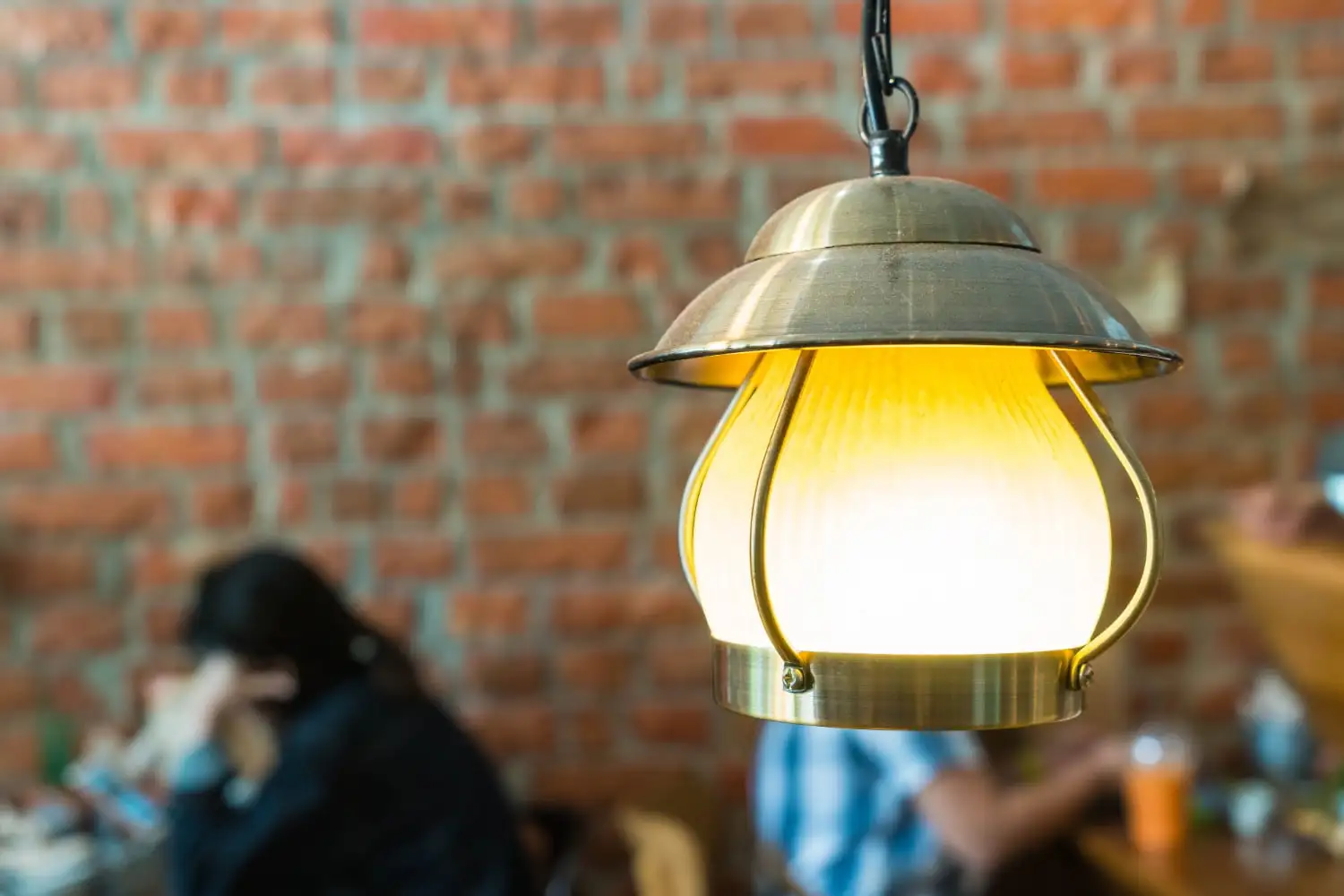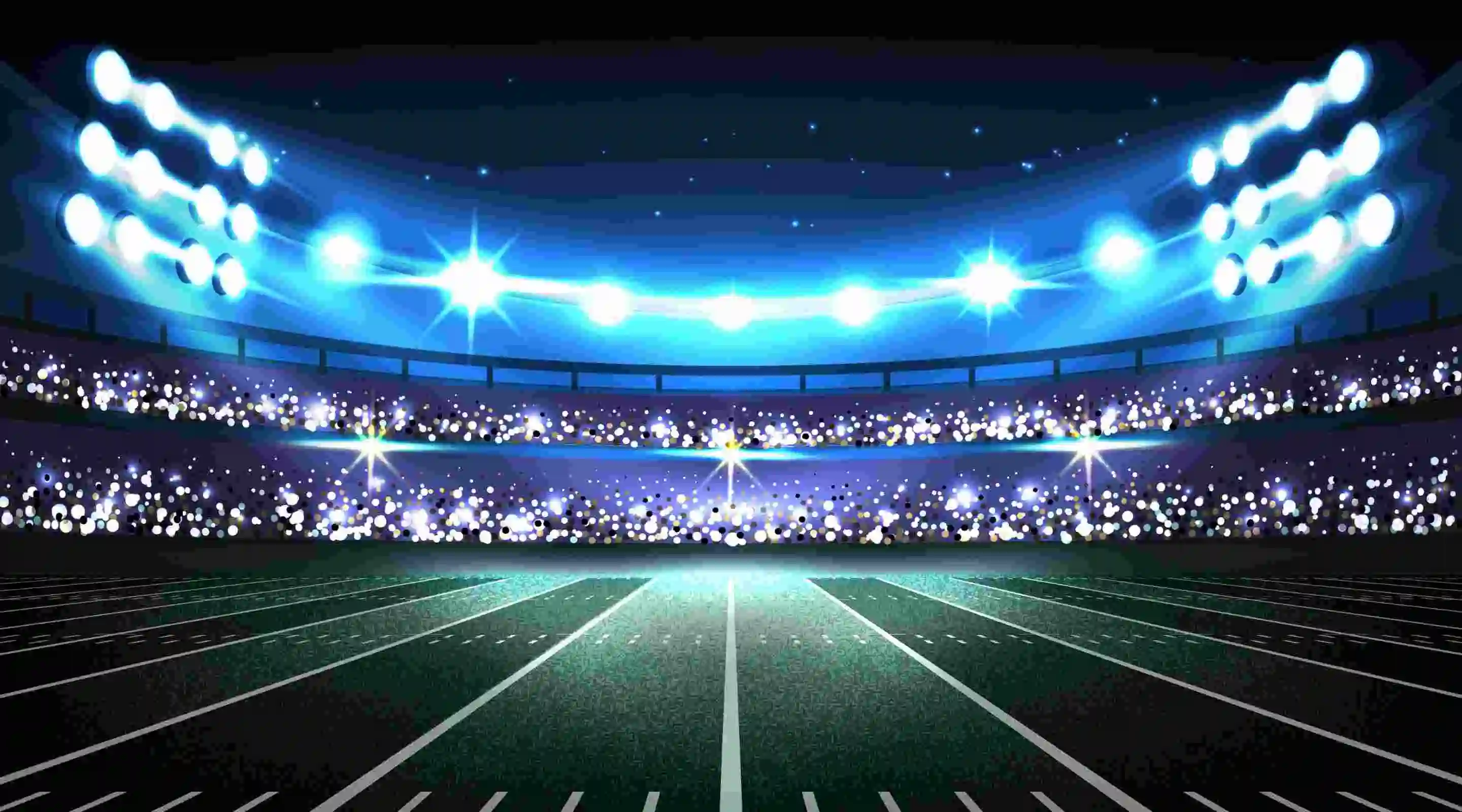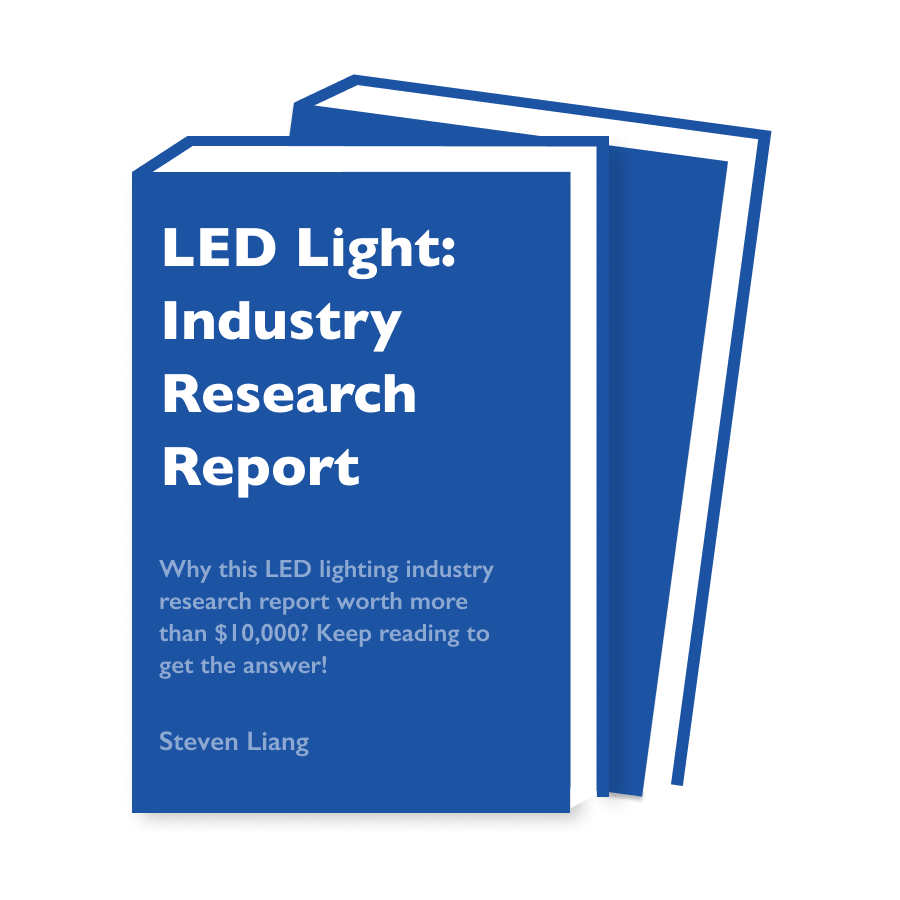
Top 15 Office Lighting Manufacturers In The World
Discover top global office lighting manufacturers enhancing work environments with innovative, energy-efficient solutions for productivity and comfort.
LED lights keep evolving with time. They are becoming the most effective element in designing, enhancing, and illuminating the space. However, the latest development in LED lights also brings certain requirements. These certification ensures the high quality production and safe usage of LED lights.
The LED lighting certification includes a set of regulations and standards specially made for compliance with Luce a led products. The certified LED light indicates that it passes all the design, manufacture, safety, and marketing standards of the lighting industry.
The certification procedure involves a number of test phases. The first stage includes constructive and technical analysis. Second phase revolves around a test series to check the compatibility of equipment. The final stage involves the issuance of certification.
It is one of the most popular and reliable LED light certifications. UL is basically an international safety organization that evaluates, tests, and certifies light and other products to ensure they follow the necessary safety standards.
Moreover, This certification includes the evaluation and testing of various aspects of LED lights. It testifies to LED light’s reliability, functionality, and safety. The process generally consists of the evaluation of materials, components, manufacturing, and overall functionality of the lights.
ETL certificate of lights is verified, approved, and issued by Intertek. This firm is an international third-party company that issues certification to LED lights depending on their functionality and safety compliance standards.
Questo certification is specifically designed to meet certain regulations regarding the functionality, safety, and quality of LED lights. Moreover, This indicates that LED lights have passed strict regulatory testing and follow the necessary industry standards. ETL-certified LED light products have been tested for aspects like energy efficiency, environmental impact, electromagnetic compatibility, and electrical safety.
FCC stands for Federal Communication Commission, a US-based regulatory company. The company looks after the regulatory system of electronic and communication devices in the industry, which includes LED lights. The FCC certification evaluates LED lights to ensure they follow the obligatory standards of RFI and EMI.
Moreover, FCC-certified LED Lights underwent various series of strict testing. This testing guarantees that there’s no excess emission of electromagnetic waves, ultimately preventing interference with communication devices. The evaluation involves the assessment of LED light sensitivity and emissions to interference and their compliance level as per FCC standards.
CSA certification is provided by a Canadian regulatory organization, the Canadian Standards Association. This internationally recognized regulatory body specializes in product testing and setting product standards in the industry.
Moreover, CSA certification is not a necessary regulatory system for an LED light to survive in the industry. However, manufacturers can voluntarily evaluate their LED lights to ensure that they follow the industry’s safety standards. This certification increases the credibility of LED lights in the industry, which also helps them market and gain customer trust.
CE certification is a necessary regulatory sign that all the products and LED lights in EEA must require. The CE certification of LED lights involves compliance with certain health environmental factors, and safety rules. These standards are set by the members of EFTA and the European Union. This certification ensures that the light must meet the obligatory requirements of EU regulations and directives.
Moreover, It is crucial to understand that the Conformité Européene certificate is under the supervision of the manufacturer. They ensure compliance with the industry standards and maintain technical documentation of the LED light product. The EEA regulatory supervisors conduct occasional market evaluations to check the CE sign on the products for consumer safety and product conformity.
The RoHS certification is an electronic products safety regulatory certificate. The certificate aims to ensure that the Luce a led is safe for the health of both the environment and humans.
The certificate verifies that the LED light follows all the necessary requirements and standards of the RoHS committee. Moreover, The certificate is valid for various countries involving the European Union. The RoHS standards restrict some materials usage in the production of LED lights for safety purposes.
The manufacturers need to comprehend that they get the maximum rating of the products as per RoHS restricted guidelines. Moreover, This generally includes thorough documentation of the materials and evaluation of the manufacturing process to ensure safe LED light production.
This Ecodesign Certificate is issued by the EU for the LED lights to promote a sustainable and energy-efficient environment. This certificate ensures that the designing and manufacturing process of LED lights must adhere to the environmental friendly and energy-efficient standards of the industry. The Ecodesign directive involves the regulatory functionality and sustainability standards of the LED Light.
Moreover, the Ecodesign Directive aims to minimize the environmental impact and energy consumption of Luce a led by promoting eco-friendly light production and adopting efficient technologies.
The Erp certification is also a regulatory standard set by the EU for Light-Emitting Diode lighting products. Moreover, This certification is specially designed to promote environmental sustainability and energy efficiency across the designing and manufacturing phases of all energy-consuming products like LED lights. The ErP regulatory sets necessary performance standards for LED lights to survive in the industry.
Moreover, The ER product certification mainly aims to attract more attention toward energy-efficient LED light products. These lights consume less energy and reduce carbon imprints on the environment, ensuring a sustainable solution. ErP certification promotes the sustainable use of LED lights, which plays a vital role in creating an environmentally friendly industry.
GS steht für Geprüfte Sicherheit. The GS certification is a widely known LED light safety certificate in European countries including Germany. Moreover, It is an independent regulatory certification system that ensures LED lights must comply with the industry standards and requirements.
GS-certified LED lights indicate that it has been tested and followed all the guidelines and regulations of safety. It proves that the LED light has undergone a strict assessment phase to meet the obligatory criteria of safety. The certificates involve various safety aspects, like mechanical stability, electrical safety, and prevention from fire, overheating, and electrical shock.
Manufacturers have to submit their LED light products to the GS associated testing laboratory to get GS certification. The laboratory runs tests on the products and assesses its performance, safety level as per GS saftey standards. In the end, if the product passes all the testing phases, it is rewarded with the Geprüfte Sicherheit certified sign.
The VDE certificate is the most prestigious and popular LED light certification. This certificate highlights the compliance of LED lights with the quality and safety regulations in European countries, including Germany. VDE represents an independent regulatory firm that performs assessments and grants certification to electronic and lighting products.
Moreover, VDE-certified LED lights have undergone a strict evaluation and testing phase to guarantee their compliance with the quality, performance, and safety standards. This certificate features various elements of the LED light, including mechanical stability, electrical safety, and electromagnetic safety, as well as prevention from overheating, fire, and electric shock.
The manufacturer of the LED light must submit the light to the VDE-associated laboratory to get VDE certification. The laboratory runs tests on the products to verify their compliance and assess their compatibility as per application standards. Moreover, The laboratory will award the LED light with a VDE certification stamp if the product passes all the evaluation and testing phases.
The BS certification is an LED light certificate that is issued by the BSI. The certificate is specifically designed to comply with the functionality, safety, and quality British standards of the light in the United Kingdom. This BS certificate covers different LED light elements like environmental impact, electrical safety, and application criteria.
BS-certified LED lights undergo a series of assessments and tests to comply with the certain regulations described in the BSI standards. Moreover, These standards highlight aspects like energy efficiency, electrical safety, environmental impact prevention, and durability. Manufacturers must submit their products to the BS-associated laboratory for testing and certification to get the BS certificate.
The UKCA certification is a type of regulatory verified certification that is given to electronic devices, such as LED lights, to enter the United Kingdom’s market. This UKCA certification mark replaces the CE signs for various devices in the United Kingdom market after it left the European Union.
Moreover, LED light importers or manufacturers must ensure that their light products follow all the rules and regulations of the UK market. This involves health, environmental, and safety regulations defined by the government of Great Britain. The process of UKCA certification includes thorough documentation review, testing, and evolution by the UK-confirmed regulatory figure.
The SAA certification is an Australian mandatory regulation standard of safety for electrical products, such as LED lights. The certificate aims to prove that the LED product must comply with the quality and safety requirements defined by the Government of Australia.
LED light importers or manufacturers must submit their LED products to an accredited Australian laboratory for testing to get SAA certification. Moreover, The certification process involves various testing phases to check the LED light’s compatibility, functionality, and safety as per Australian standards.
PSE is Japan’s mandatory safety regulation certificate for various electrical products like LED lights. The JET company issues this certificate under the governance of DENAN Law.
Moreover, This certificate is specifically adhered to for electrical devices like LED lights to meet the quality in safety standards of Japan. The certification process includes strict evaluation and assessment of LED light to measure its performance and safety parameters.
LED light manufacturers and importers must submit LED lights at accredited laboratories for testing to get PSE certification. Moreover, The testing process aims at various light aspects, including safety, heat resistance, electrical shock, insulation resistance, and other electrical safety factors. The laboratory grants a PSE certification mark to the product if it passes all the necessary requirements and testing phases.
JIS certification is a Japanese system established to aid standardization across multiple industries. This certificate involves a set of international standards like ISO. However, it is particularly designed for the Japanese lighting market.
JIS certification involves various services and products, such as electronic devices, consumer goods, and industrial technical equipment. The process of JIS certification includes evaluation and assessment of LED products to verify the standards set of Japanese organizations.
Moreover, JIS certificates aim to identify that the LEd product is following all the standards and regulations specified by the JIS community. This involves safety, energy efficiency, environmental impact, and functionality. To get JIS certification, the manufacturers of LED lights must comply with the JIS regulatory standards.
LED lights must get the CCC certificate if the manufacturer is in China. The CCC certification includes safety testing. It includes performance testing to ensure light meets multiple performance levels. The tests are for power consumption, color rendering index, brightness, and electrical effectiveness.
CCC certification also includes electromagnetic compatibility tests to ensure the lights meet the electromagnetic compatibility laws and don’t interfere with other gadgets that also operate on electricity.
Environmental testing is also important to get the CCC certificate. The lights must be compatible with heat, shocks, vibration, and humidity. The test ensures the durability and quality of the lights’ performance.
Marketing and Labeling are other important aspects of CCC certification. When the lights go on, and the company passes the certification, it gets the label of CCC, which means it ensures the Chinese standards.
The Eurasian Custom Union countries, which include Belarus, Russia, Kyrgyzstan, Armenia, and Kazakhstan, need to get EAC certification to sell their products in their states. Such certifications ensure that the products comply with the EAC laws and quality standards. The process of EAC certification includes lighting assessments with respect to technical laws. All manufacturers that need to sell their lights in such countries need to get the EAC certification to market legally.
These are the aspects of EAC Certification.
The main aspect of EAC certification of lights is safety tests to make sure lights regulate the EAC laws of safety standards. The testing is for ensuring the protection of lights against fire and shock, electric protection, and other safety issues.
Electromagnetic compatibility is also important for EAC certification. The test ensures that the lights don’t interfere with other electronic gadgets and follow all EAC laws. They are also safe from fire and other hazardous issues.
Compliance and DOcumentation are also important to get the EAC certification. The manufacturers must document all their specifications, tests, reports, and certificates to pass the EAC Certification.
LED Lights by manufacturers in Saudi Arabia must get the SABER (Saudi Product Safety Program) Certification. The certification is to comply with Saudi standards and principles. The SASO (Saudi Standards Metrology and Quality Organization) regulates the certification. All the testing of SABER certification involves the laws and evaluation of principles issued by the SASO. Furthermore, the manufacturers need to get the SABER certification to import the lights.
IL SABS Certification is necessary to sell and market products in the South African region. The SABS is the acronym for the South African Bureau of Standards, which means it’s a voluntary certification. They make and maintain the laws of safety and protection of goods. However, for LED lights, the SABS certification is not a must, but having it will make it more reliable and relevant to South African laws.
If manufacturers want to mark their products as high quality and ensure that they are safe with respect to performance and quality, SABS certification will be good for them. Through this, they can gain consumer trust and market positions and compete in the potential market of South Africa.
The NOM Certification is necessary to sell the products in Mexico. The NOM is Norma Oficial Mexicana. It means Official Mexican Standard. Moreover, It is crucial for marketing and selling electronic gadgets like LED lights. The certification is responsible to find that the product complies with Mexican laws’ safety, performance, and quality standards.
NOM-001-SCFI-2018 is the specific certification for LED Lights. It is not only for the LED lights but also for all the electrical products that can be sold in Mexico. Through this certification, the manufacturers will ensure that their products are mechanically stable, fulfill labeling criteria, and are safe from electrical shocks. Moreover, The certification is achievable by submitting the product to any accredited lab in Mexico that will test your product. The test will be environmental, safety, and performance-based.
Products that might be perfect to sell in Brazil need to get INMETRO certification. It includes LED lights and other electrical products. “Instituto Nacional de Metrologia Qualidade e Tecnologia” is the Mexican name for “National Institute of Metrology, Quality and Technology”. INMETRO certification is a must to comply with the rules and safety standards of Brazilian laws. It will help you get quality assurance and performance checks for your product to stand out in the market.
The Mexico-accredited labs check the LED lights that are importable in the same country. If the lights and electrical products pass the testing, they will be given the certification to market their products. The certification includes technical and safety standard testing to assess the light’s manufacturing.
The International Electrotechnical Commission (IEC) regulates CB certification. It is a system of conformity assessment for electrical gadgets that falls under the CB scheme. Through the CB system, the global trade of electronic items is easy. Moreover, It promotes and ensures mutual acceptance within product and country laws. They ensure that the lights comply with safety, quality, and performance laws.
For compliance with standards, IEC-60598 follows general, and luminaries testing and IEC-62471 is used for photobiological safety standards. For LED lighting modules of all kinds, IEC-62384 is followed.
Certifications are necessary to market and sell LED lights or any electronic gadget in the market. These certifications will make your product safety, performance, and quality insured so you can stand in the market more confidently. Moreover, the CE, FCC, RoHS, Energy Star, UL, and other certification manufacturers will deliver durable and quality products to the customers. Such certificazioni will help you get customer trust and maintain energy-efficient production. Every country has its own set of regulations and certifications, so to import LED lights within any country, manufacturers need to follow that country’s specific requirements.
Contatto Vorlane today for the best lightening products and professional services at affordable prices.

Discover top global office lighting manufacturers enhancing work environments with innovative, energy-efficient solutions for productivity and comfort.

Explore the essential certifications for LED lights that ensure safety, performance, and compliance in various global markets. Learn about UL,

Explore top sports lighting manufacturers enhancing athletic performance and spectator experience with advanced, durable LED ways for various sports venues.
Iscriviti per ricevere l'annuncio e l'offerta più recenti sul prodotto.
*Rispettiamo la tua riservatezza e tutte le informazioni sono protette.


 | Questo rapporto di ricerca sul settore dei LED vale 10.000 dollari!Desideri ottenere dati di settore affidabili per supportare la pianificazione aziendale dei LED? In questo rapporto:
*Invia la tua email per scaricare questo file. Le tue informazioni personali non verranno condivise con persone o organizzazioni di terze parti. |
Scrivici su WhatsApp
*Rispettiamo la tua riservatezza e tutte le informazioni sono protette.
